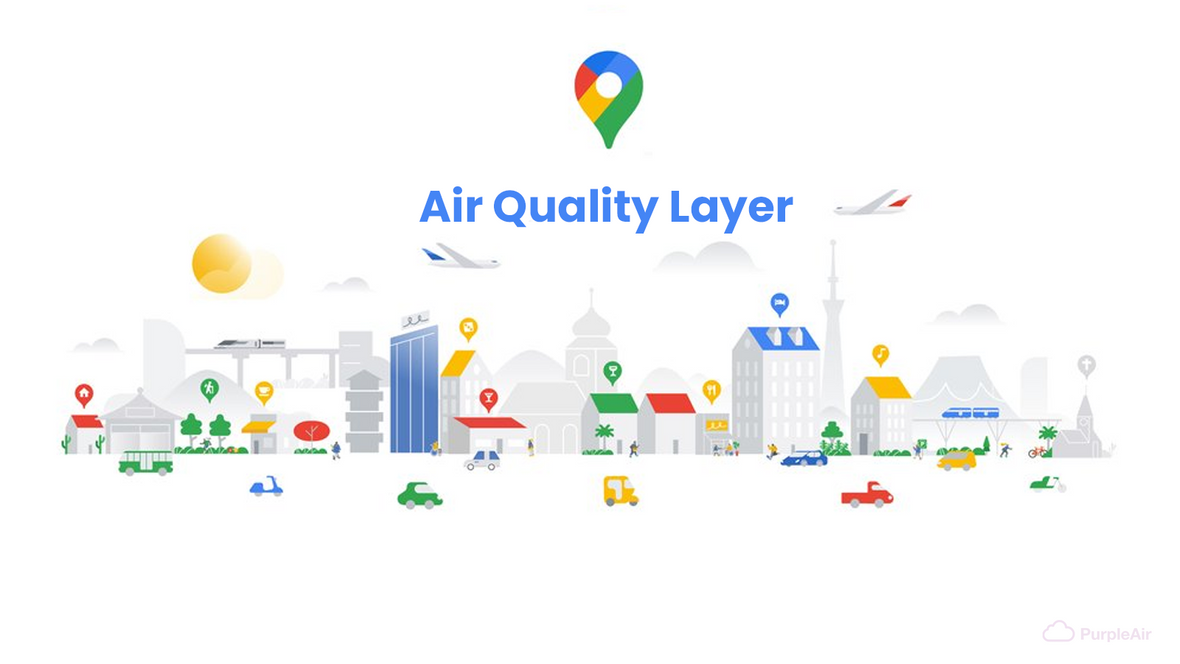
“To try to remedy the situation, we've had a whole bunch of different groups, different scientists, different universities, different agencies look at the data and convert it into a calibrated reading that more accurately compares to the EPA’s data,” PurpleAir founder Adrian Dybwad said. The calculation is an estimate, however, especially during fire season, as woodsmoke particles have a different density from gravel dust or other pollutants. In contrast, PurpleAir’s devices rely on a laser to count the particles in the air, and use an average density to determine air quality at the monitor's location. But they are more sparsely located than PurpleAir’s network of hundreds of monitors in the region. The government sensors that send data to AirNow are very expensive, state-regulated and regularly calibrated by scientists to accurately measure the density of wildfire ash and other particles in the air. The AirNow site displays hourly, not real-time, readings. (Remember to deselect “indoor sensors” to see outdoors-only readings.) The readings can be helpful for people deciding whether to go for a walk or engage in other outdoor activity.
Purple air map install#
The data comes from the commercial sensors the company sells, which members of the public install on porches, yards and other neighborhood sites. Users of PurpleAir can toggle between real-time data and readings averaged over the last 10 or 30 minutes. PurpleAir readings and those from government sensors like the ones maintained by the Bay Area Air Quality Management District differ in several key ways: speed, accuracy and placement.
.png)
“While these sensors don’t meet the rigorous standards required for regulatory monitors, they can help you get a picture of air quality nearest you, especially when wildfire smoke is in your area,” the website states. Screenshot from AirNow Fire and Smoke map, a pilot project, on Sept. Click here or on the image below to access the map the circles represent official government monitors, the squares indicate PurpleAir sensors, and the triangles show temporary monitors set up by government agencies.

Forest Service have a project of what some may consider to be the Holy Grail of air quality maps: combined readings taken from PurpleAir’s low-cost sensors and those from official government monitoring devices, all in a single map. The failure sent web users rushing to alternative, unofficial websites like the interactive, crowdsourced map maintained by PurpleAir, a manufacturer of low-cost air monitors.īut users have noticed a discrepancy between what official sites are reporting and the readings displayed on PurpleAir.īroadly put, PurpleAir provides more localized, more current and less accurate readings than AirNow. You can read more about it here.Bay Area residents have become used to the ritual of checking online maps for local air quality amid burning forests and chaparral near and far.ĭuring the 2018 Camp Fire, AirNow, an air quality website maintained by a partnership of states, the federal government, Canada and Mexico, crashed because it could not handle so many people flocking online to put numbers to what their noses were telling them: The air seemed really bad. They came up with a conversion factor so sensor results more accurately match more sophisticated air monitoring equipment used by NWCAA and other clean air agencies. To ensure more accurate sensor readings, the Lane Regional Air Protection Agency (LRAPA) in Oregon worked with the makers of PurpleAir sensors.

While the various types of sensors present some very interesting possibilities, they also face serious questions about reliability, accuracy, and whether they can stand up to the kinds of weather conditions we experience in Northwest Washington. EPA’s toolbox also offers other helpful information, such as its own research and evaluations of sensors.

Purple air map how to#
Environmental Protection Agency has developed an air sensor “toolbox” about how to use the sensors. In fact, these small sensors are becoming so prevalent that the South Coast Air Quality Management District – a very large public air quality agency in Southern California – built a lab just to test and evaluate them. These small, mobile air sensors are catching on and also presenting new ways to measure air pollution at more locations around Island, Skagit, and Whatcom counties. The use of low-cost air sensors is increasing throughout the United States.


 0 kommentar(er)
0 kommentar(er)
